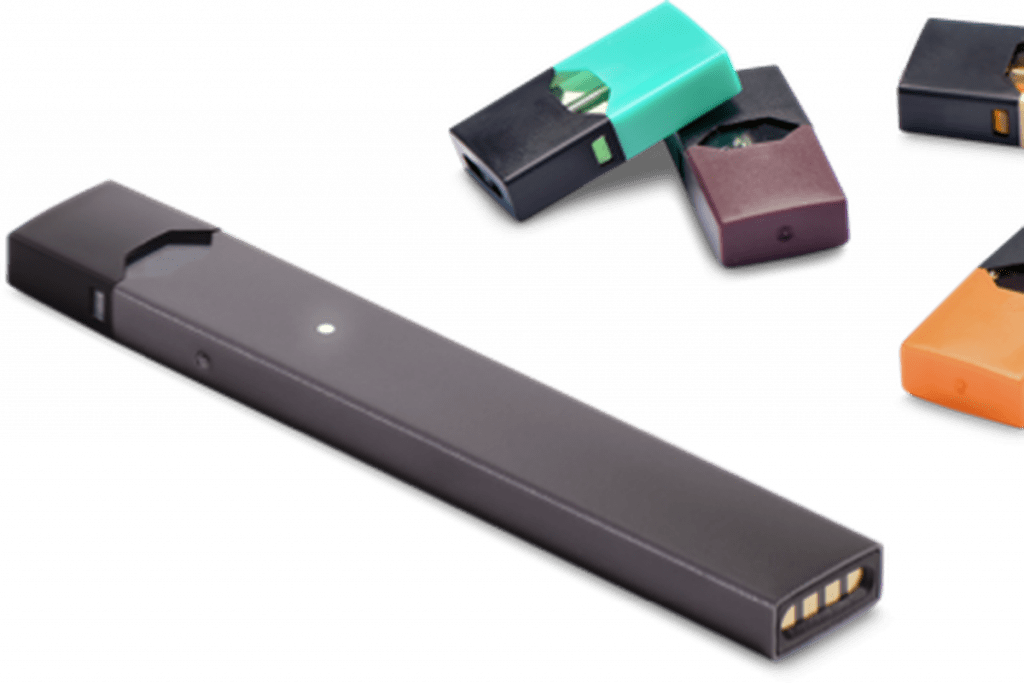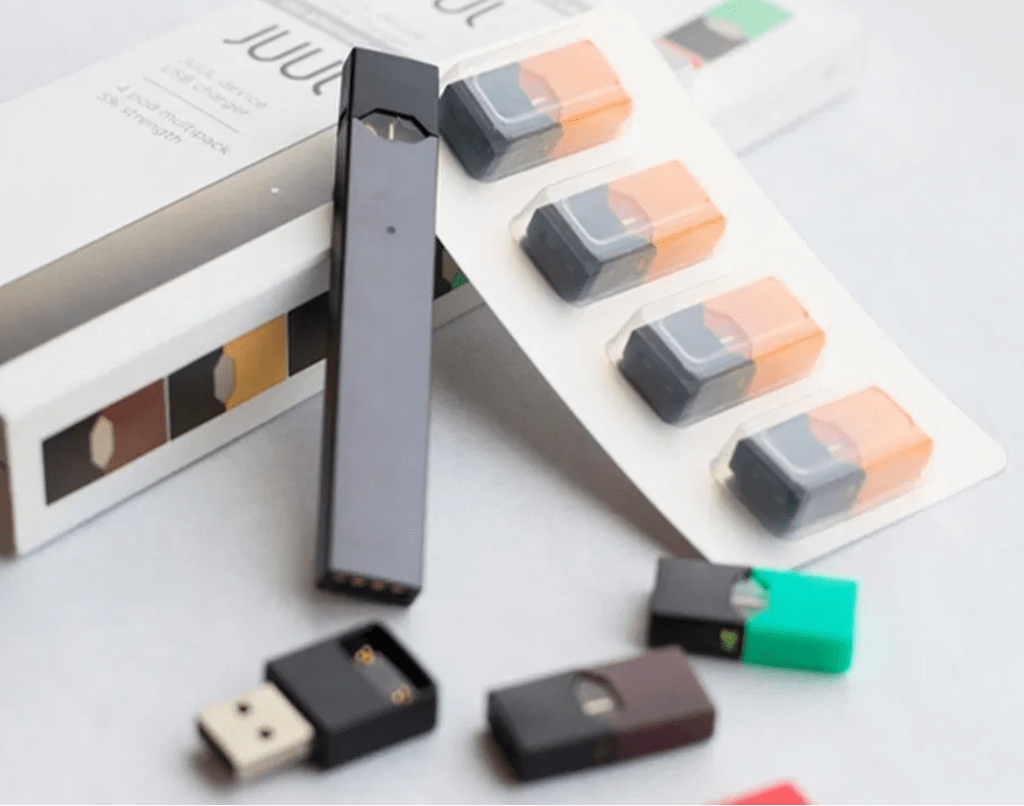Earlier in the year I spoke to Year 8 and provided the boys some facts about what research from credible organisations says about vaping (or using e-cigarettes) so that they were well informed in the choices that they make at school and also outside of school.
A number of parents have asked me about vaping recently so I have summarised some information below.
Are vapes or e-cigarettes safe?
The short and long term safety is still being researched.
As e-cigarettes are relatively new, there is not enough data to determine the long term health effects
It took 40 years of people smoking cigarettes before scientists proved they were a health risk.
Do e-cigarettes contain harmful chemicals?
E-cigarettes may or may not contain nicotine. Studies increasingly show that e-cigarettes emit harmful substances.

E-cigarettes may expose users to chemicals and toxins such as formaldehyde, heavy metals, particulate matter and flavouring chemicals, at levels that have the potential to cause adverse health effects.
E-cigarettes can also have other chemicals added such as cannabis oil.
Over 200 incidents of e-cigarettes overheating, catching fire or exploding reported to date in the US and UK alone. In some cases, these events have resulted in life‑threatening injury, permanent disfigurement or disability.
There have also been an increasing number of reported nicotine poisonings due to exposure to or ingestion of e-liquids. The effects range from relatively mild, including irritation of the eyes and skin, nausea and vomiting, to severe life-threatening illness, and in some cases, death.
A number of deaths from vaping in the US have been linked to vaping products that contain THC which is the psychoactive ingredient in cannabis.
A recent systematic review of 16 studies concluded that e-cigarette vapour has the potential to pose a health risk to bystanders, although the risk is likely to be lower than that posed by conventional cigarette smoke.
How do e-cigarettes relate to smoking?

The appeal of flavoured e-cigarettes to children and adolescents is also of concern, with studies reporting rapid uptake of e-cigarettes among adolescents in many countries.
Manufacturing quality
The manufacturing quality of e-cigarettes is highly variable, with a number of issues relating to quality control reported. Labelling of e-cigarettes and e-liquids has been found to be incomplete or inaccurate. Products have been found to contain chemicals that were not listed on the label, or to state incorrectly that they did not contain potentially toxic chemicals, despite analyses confirming their presence.
Some products that are labelled as nicotine free have been found to contain nicotine.
E-cigarettes and the law
It is illegal to vape nicotine in Australia without a prescription.
E-cigarettes that do not contain nicotine are legal in NSW.
It is illegal to sell e-cigarettes or accessories to a person under 18 years of age in NSW.
E-cigarettes and marketing

E-cigarette marketing advertises it as “safe”.
Marketing is aimed at young people including using “social media influencers”.
The owner of Marlboro cigarettes owns a significant share in JUUL, a popular e-sigarette maker.
British American Tobacco (the largest tobacco company in Europe) owns its own vaping manufacturer.
E-cigarettes at school
Use of e-cigarettes at St Joseph’s College may result in suspension from school.
Sources:
NHMRC (National Health and Medical Research Council), Australian Government
Vaping by teenagers on rise as tobacco companies try to hook a new generation on smoking (ABC News)
Making it harder to import e-cigarettes is good news for our health, especially young people’s
